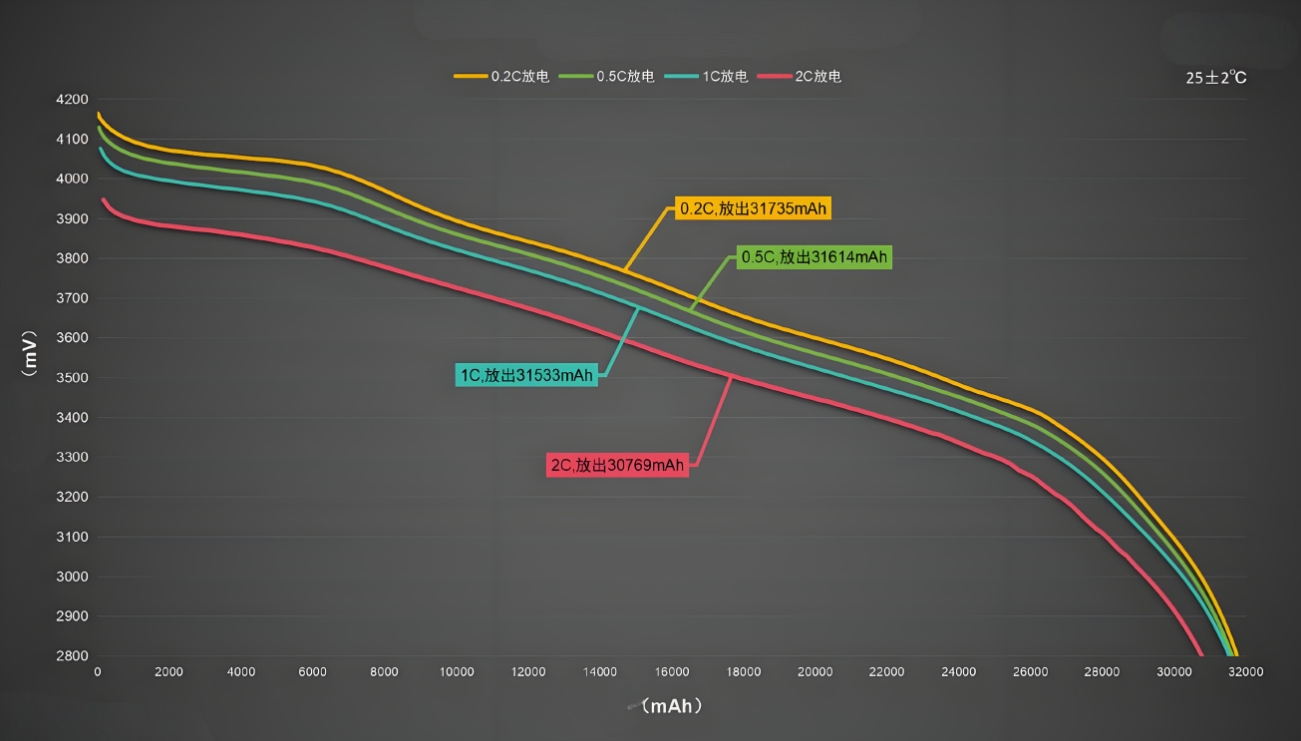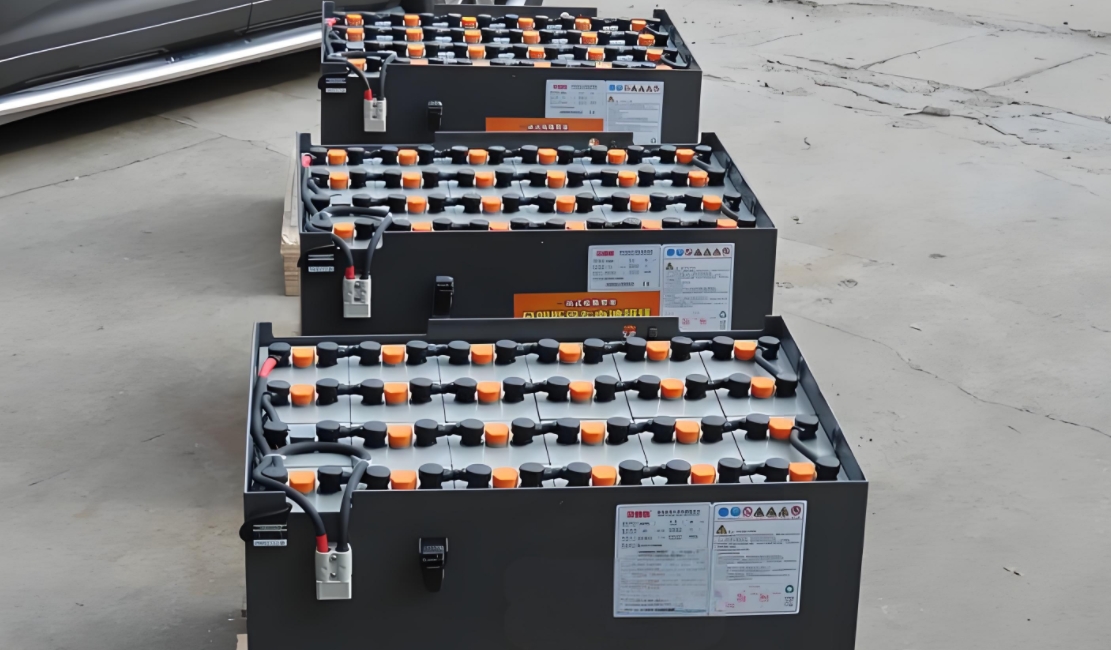Blog
Analysis of Charging Cycle from Lead Acid to Lithium Battery

The Complete Guide to Electric Forklift Battery Charging Times: Maximizing Efficiency and Battery Life
1. Introduction: The Critical Role of Charging in Forklift Operations
Battery charging is not merely a nightly routine—it is a strategic process that directly impacts productivity, operational costs, and the total lifespan of your most expensive forklift component. Understanding the intricacies of charging times for both traditional lead-acid and modern lithium-ion (Li-ion) batteries is essential for optimizing warehouse workflow, scheduling shifts, and ensuring your Yuweida electric forklift or pallet jack is always ready for operation.
This technical deep dive explores the factors that determine charging duration, provides precise calculations for estimating charge times, and contrasts the charging paradigms of different battery technologies. By implementing the best practices outlined herein, operations managers can eliminate downtime, reduce energy costs, and protect their capital investment in material handling equipment.
2. Fundamental Concepts: Understanding Battery Charging
2.1 The Basics of Battery Replenishment
Charging is the process of reversing the electrochemical reaction that occurs during discharge, restoring the battery’s energy storage capacity. This is measured in Amp-hours (Ah). A charger’s power output is measured in kilowatts (kW), which directly influences charging speed.
2.2 Key Terminology
- State of Charge (SOC): The current energy level of a battery expressed as a percentage of its total capacity.
- Depth of Discharge (DOD): The percentage of the battery’s capacity that has been used (e.g., 80% DOD means 20% SOC remains).
- C-Rate: A measure of the charge (or discharge) current relative to the battery’s capacity. A 1C rate means a current sufficient to charge the entire battery in one hour. A 0.5C rate would take two hours.
- Charging Efficiency: Not all energy from the wall outlet makes it into the battery. Energy is lost as heat due to internal resistance. Lead-acid efficiency is typically ~75-85%, while Li-ion is ~95-99%.
3. Lead-Acid Battery Charging: The Conventional Approach
3.1 The Three-Stage Charging Profile
Industrial lead-acid chargers follow a sophisticated curve to maximize charge acceptance and prevent damage:
- Bulk Stage: Constant current is applied, replenishing ~80% of the capacity quickly. This is the fastest phase.
- Absorption Stage: Voltage is held constant, and current tapers off as the battery reaches ~95% SOC. This prevents gassing and overheating.
- Float Stage: A lower voltage is applied to maintain a 100% SOC without overcharging, compensating for self-discharge.
3.2 Calculating Lead-Acid Charge Time
A precise estimate requires knowing: Battery Capacity (Ah), Charger Output (Amps), and Charging Efficiency (~80%).
Formula:Charge Time (hours) = (Battery Ah × DOD) / (Charger A × Efficiency)
Example:
- A 600Ah battery discharged to 80% DOD (so 480Ah needs to be replaced).
- Using a 40 Amp charger.
- Assuming 80% efficiency.
- Calculation:
(600Ah × 0.8) / (40A × 0.8) = 480Ah / 32A = 15 hours.
*Therefore, a full overnight charge of 8-10 hours may not be sufficient for a deeply discharged large battery, leading to chronic undercharging and sulfation.*
3.3 Equalization Charging
A periodic controlled overcharge is essential for lead-acid batteries. It mixes the electrolyte to prevent stratification and breaks down sulfate crystals on the plates. This process adds 2-4 hours to the normal charge cycle and should be performed every 5-10 cycles.
4. Lithium-Ion Battery Charging: The Modern Paradigm
4.1 Opportunity Charging: A Game Changer
Li-ion batteries have no memory effect and can be charged at any SOC without damage. This enables opportunity charging—topping up the battery during breaks, shift changes, or lunch hours. This eliminates the need for battery changeouts and extends available runtime.
4.2 Calculating Li-Ion Charge Time
The calculation is more straightforward due to higher efficiency (~98%).
Formula:Charge Time (hours) = (Battery Ah × DOD) / (Charger A)
Example:
- A 600Ah Li-ion battery at 40% SOC (60% DOD, so 360Ah to replenish).
- Using a 100 Amp advanced charger.
- Calculation:
(600Ah × 0.6) / 100A = 360Ah / 100A = 3.6 hours.
Advanced high-power chargers can push a 1C rate, charging a 600Ah battery in just over an hour, revolutionizing operational flexibility.
5. Critical Factors Influencing Charging Time
5.1 Battery Size (Amp-hour Capacity)
Larger batteries take longer to charge, assuming the same charger output.
5.2 Charger Output Power
This is the most significant variable under your control. A higher amperage charger will drastically reduce charge time. Investing in a faster charger can improve fleet utilization.
5.3 Battery Temperature
Batteries charge most efficiently at room temperature (20-25°C / 68-77°F). Charging in a cold environment (<0°C / 32°F) requires reduced current to avoid damage, slowing the process. Many modern chargers have temperature sensors to compensate.
5.4 State of Charge (SOC)
Charging slows down as the battery approaches full capacity (especially during the Absorption stage for lead-acid). Charging from 20% to 80% is significantly faster than charging from 80% to 100%.
5.5 Battery Age and Health
An old, sulfated lead-acid battery will have higher internal resistance, reducing charging efficiency and increasing required time. A degraded battery will also have reduced capacity, potentially misleading calculations.
6. Charger Types and Their Impact
6.1 Standard On-Board Chargers
Often lower power, designed for overnight charging. Suitable for single-shift operations with low to medium utilization.
6.2 High-Frequency Off-Board Chargers
Deliver higher amperage for faster charging. Essential for multi-shift operations and opportunity charging strategies. They are more efficient and generate less heat.
6.3 Smart Chargers
Equipped with microprocessors that communicate with the battery’s BMS (Battery Management System) in Li-ion models. They optimize the charge curve in real-time for speed and safety, extending overall battery life.
7. Best Practices for Optimizing Charging Operations
7.1 For Lead-Acid Batteries:
- Cool Down: Always allow the battery to cool for 30-60 minutes after use before charging.
- Water After Charging: Only add distilled water after a full charge cycle when the electrolyte level is at its highest.
- Avoid Partial Charges: Whenever possible, allow a full complete charge cycle to prevent sulfation.
- Schedule Equalization: Perform equalization charges regularly as per the manufacturer’s guidelines.
7.2 For Lithium-Ion Batteries:
- Embrace Opportunity Charging: Top up throughout the shift to keep the SOC between 20% and 80%.
- No Need for 100%: Avoid charging to 100% SOC unless necessary for a long upcoming shift. Keeping SOC slightly lower (80-90%) significantly prolongs battery life.
- No Cooling Needed: Li-ion batteries can be charged immediately after use without a cooling period.
7.3 General Best Practices:
- Match the Charger: Always use the charger specified by Yuweida for your specific battery model and voltage.
- Inspect Connections: Regularly check power plugs and battery connectors for wear, corrosion, or heat damage. A poor connection increases resistance and charging time.
- Maintain Records: Log charge cycles and durations to track battery health and identify performance degradation early.
8. Economic and Operational Implications
8.1 Cost of Electricity
Faster charging with high-power chargers may have a higher peak demand cost, but the overall energy consumed per charge cycle is roughly the same. The productivity gains from reduced downtime almost always outweigh the minimal difference in energy cost.
8.2 Fleet Management
Understanding charge times allows for precise scheduling. For a large fleet, staggering charge cycles can prevent electrical peak demand charges and ensure a constant supply of ready-to-use equipment.
8.3 Battery Lifetime Cost
Proper charging is the single biggest factor in determining battery lifespan. Undercharging destroys lead-acid batteries, while consistently charging Li-ion to 100% stresses them. Optimizing charging practices directly reduces the Total Cost of Ownership (TCO).
9. Conclusion: Strategic Charging for Maximum Uptime
Charging an electric forklift battery is a balance between speed, efficiency, and longevity. There is no one-size-fits-all answer, but with the calculations and principles outlined in this guide, you can develop a charging strategy tailored to your specific operational demands.
For lead-acid, prioritize full, complete cycles with regular equalization. For lithium-ion, leverage the flexibility of opportunity charging without fear. By investing in the appropriate charger technology and adhering to these best practices, you will ensure that your Yuweida equipment remains a reliable and productive asset for years to come.
For assistance selecting the right charger or battery for your needs, consult our forklift procurement guide or contact our technical support team.

